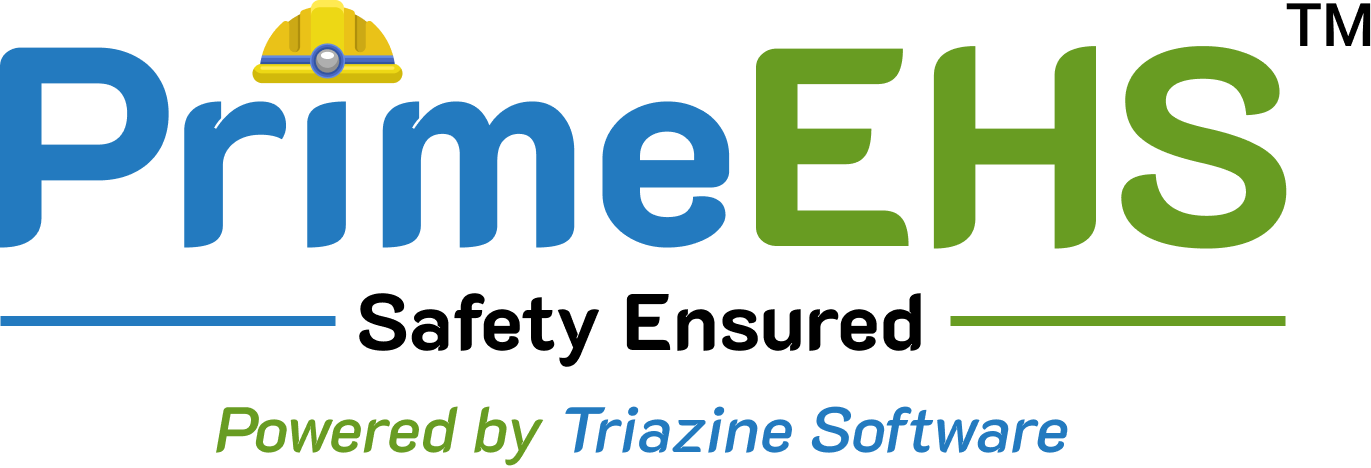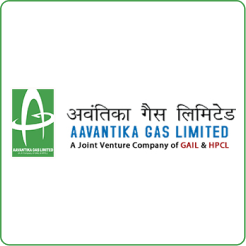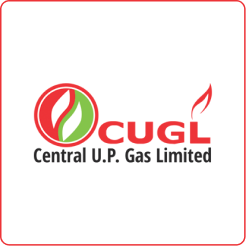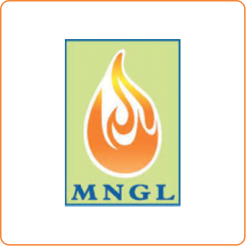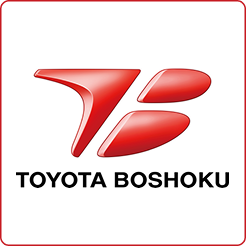Every year, enterprises worldwide suffer staggering financial losses—often running into the millions—due to gaps in their environment, health and safety (EHS) systems. Consider this: unstructured or missing permit-to-work processes often lead to uncoordinated operations; studies suggest these inconsistencies can increase accident rates by nearly 30%, with shutdowns costing organizations more than $100,000 per day. Lapses in incident management average around $20,000 per event once you factor in investigation, lost productivity, and medical expenses.
The consequences continue: without robust audit and CAPA workflows, companies experience repeated regulatory violations—some 80% of major compliance failures stem from unresolved past audit findings. Poor risk and observation management may double the rate of near-misses, inevitably escalating into real incidents. Regulatory fines for compliance failures commonly exceed $100,000 per incident. The absence of comprehensive learning systems leads to rapid knowledge decay, up to 70% of safety training is forgotten within a month compromising on-site behavior. Finally, equipment mis maintenance increases breakdowns by approximately 20%, resulting in costly production delays.
These figures demonstrate one truth: you need a comprehensive environment, health and safety software solution—one that addresses permit-to-work, incident oversight, audits and CAPA, risk and observation management, compliance tracking, employee learning, and asset maintenance. This guide will help you understand what EHS is, why it’s indispensable, and how to evaluate the right system such as PrimeEHS from Triazine.
What is an EHS Management System
At its core, an EHS management system is a structured yet flexible framework that helps organizations systematically address environmental preservation, employee health, and operational safety. In traditional settings, this might resemble a patchwork of spreadsheets, paper forms, and manual checklists—inefficient and error-prone. A modern EHS solution streamlines these processes with digital workflows, automated reminders, and centralized documentation.
For example, imagine a manufacturing facility where hot-work tasks like welding occur regularly. With an EHS system in place, each task begins with a permit-to-work request. The system routes it for supervisory review, ensures checklists are completed, and only then authorizes the activity. After the work is done, incident logs are updated, observations noted, and training records cross-referenced to close the loop. Instead of chasing paperwork, the team is guided by intelligent workflows ensuring compliance and clarity at every step.
The three pillars: Environment, health, and safety
A mature EHS strategy stands upon three equally vital pillars:
- Environment : This pillar emphasizes reducing pollution, minimizing waste, and ensuring responsible resource usage. Effective systems monitor emissions, manage disposal practices, and uphold air and water quality standards protecting both corporate reputation and the planet.
- Health : Beyond immediate safety concerns lies employee welfare. EHS systems support ergonomic assessments, health screenings, and wellness initiatives. Proactively safeguarding mental and physical well-being not only reduces absenteeism but also fosters a culture of care and engagement.
- Safety : The bedrock of EHS, the safety pillar centers on preventing workplace incidents. Through hazard analysis, risk assessments, incident reporting, and root-cause investigations, organizations create environments where employees can perform confidently and securely.
Why an EHS System Is crucial for enterprises
Forward-thinking organizations aren’t investing in EHS management systems as a matter of choice, they see them as a business imperative. Here are twelve key drivers:
- Preventing accidents and associated costs.
- Avoiding unplanned downtime and disruptive equipment failures.
- Staying ahead of evolving environmental and safety regulations.
- Reducing waste management expenses and emissions.
- Elevating workforce morale through demonstrated care.
- Empowering leaders with data-driven insights.
- Preserving and enhancing corporate reputation.
- Streamlining audit preparation and CAPA workflows.
- Accelerating permit issuance and work authorization cycles.
- Embedding continuous learning and competency verification.
- Extending asset life and optimizing maintenance schedules.
- Enabling sustainable expansion while maintaining risk control.
Essential components of an effective EHS system
What constitutes a strong EHS architecture? Here are the capabilities at its heart:
- A permit-to-work module that formalizes risk review and authorization workflows.
- Incident management that ensures seamless reporting, investigation, and resolution.
- Audit and CAPA tools designed for scheduled inspections, non-conformance tracking, and corrective action workflows.
- Risk and observation modules that surface near-misses and gather frontline insights.
- Compliance dashboards for real-time regulatory tracking and updates.
- Learning management systems designed to assign, track, and certify all employee training.
- Asset management tools that schedule routine checks and record maintenance history.
- Integrated reporting and analytics, delivering trend-based decision support.
- Mobile and offline capabilities, enabling real-time access in remote or disconnected environments.
- Seamless integration with other enterprise platforms like ERP, HR, and maintenance systems.
What an EHS system should achieve
An environment, health and safety management system should be more than a repository, it should actively advance organizational goals:
- Eliminate identified hazards before they cause harm.
- Systematically reduce risk through assessment and mitigation.
- Guarantee compliance with relevant legislation and standards.
- Enhance incident visibility and responsiveness.
- Drive continuous improvement from data analytics and audit insights.
- Engage employees in a proactive safety culture.
- Streamline processes and refine operational efficiency.
- Promote a mindset where safety is integral to daily routines.
- Encourage responsible environmental stewardship.
- Reinforce stakeholder trust through transparent, documented practices.
How an EHS management software serves as your safety and compliance machine
Environment, health and safety software transforms reactive practices into proactive risk control. Consider how:
- Automated alerts ensure timely actions whether closing a CAPA or renewing training.
- Centralized data allows cross-functional trend analysis across incidents, asset wear, and compliance status.
- Integrated workflows connect the dots ensuring incidents reference permits, audits trigger CAPAs, and training links to observation themes.
- Scheduling tools keep audits, training, and maintenance on track.
- Mobile access empowers staff to file observations or incident reports from the field—even offline.
- Complete audit trails and timestamping simplify inspections and evidentiary processes.
- Data-rich dashboards surface high-risk areas before they escalate.
- Scalable in the cloud, these platforms adapt to business growth and evolving compliance needs.
- Integration via APIs and connectors allows EHS systems to complement ERP, HR, and document management ecosystems.
The result is a dynamic "single source of truth" for your environment health safety practices—leading to smarter decision-making and reduced liability.
Why choose PrimeEHS as your EHS management system
If you’re evaluating EHS software, PrimeEHS by Triazine offers a compelling balance of power and simplicity. With a modular architecture covering permit-to-work, incident tracking, audits and CAPA, risk management, compliance monitoring, employee training, and asset maintenance, PrimeEHS unites all EHS functions in an intuitive, scalable platform.
Designed for enterprise environments, it features offline-capable mobile tools, seamless integration options, and analytics-driven insights. With PrimeEHS, you not only manage operational risk but also build a proactive safety culture, protect environmental assets, and support sustainable growth.
Ready to implement a trusted environmental health and safety software?
In a landscape where workplace incidents, regulatory penalties, and environmental impact have real financial, operational, and reputational consequences, environment health & safety systems are no longer optional; they’re essential. A robust EHS system protects your teams, assets, and brand while enabling efficiency and compliance.
When it's time to implement or upgrade your EHS management capabilities, PrimeEHS by Triazine delivers the holistic, modern solution modern enterprises need.
